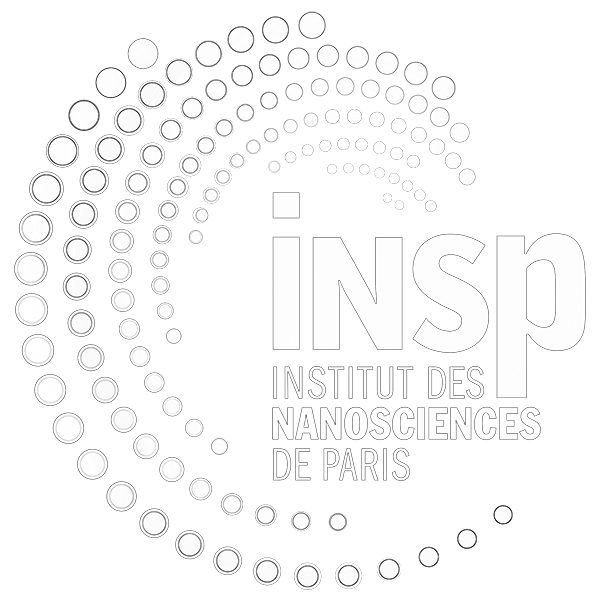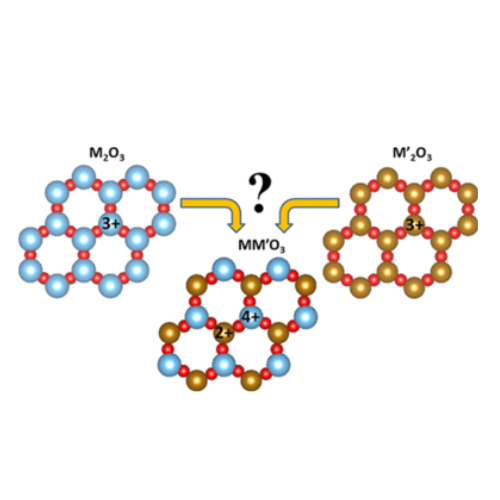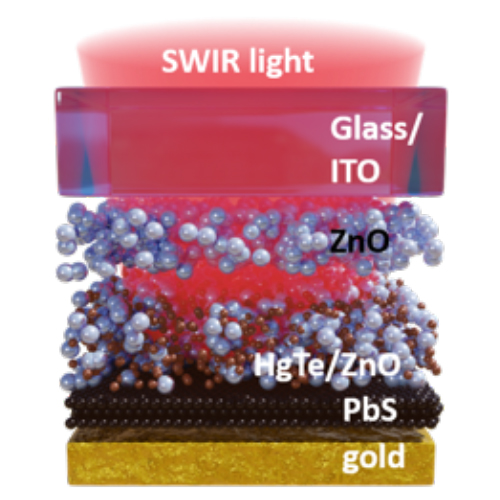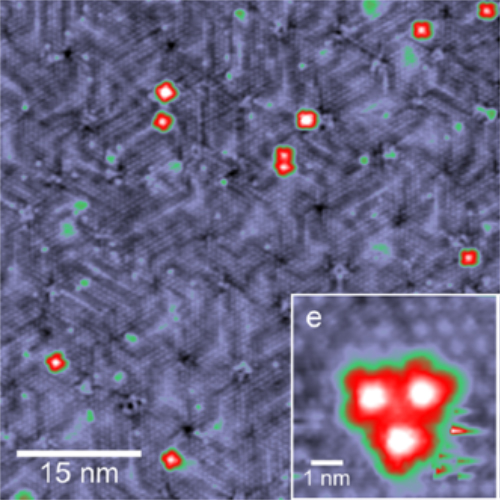|
Internships/PhD/Jobs |
The laboratory has a strong focus on the experimental and theoretical study of materials with quantum confinement properties, whether they are 0-Dimensional, 1-Dimensional or 2-Dimensional materials. One of the laboratory’s strengths is that it has a complete materials-measurement-theory chain in a number of areas. These nanostructured materials, whether organic or inorganic, are studied for their fundamental properties as well as for their applications. Structural, vibrational, electronic or optoelectronic properties are studied.
The techniques used to develop the materials are varied: physical vapour deposition, chemical vapour deposition, molecular beam epitaxy, metal deposition in an oxidising atmosphere, growth by pulsed laser deposition, colloidal synthesis, chemical synthesis in solution, or the langmuir layer technique to produce 2D films on the surface of a liquid.
Measurement techniques include tools for characterising structural properties (X-ray diffraction, LEED diffraction, RHEED diffraction, STM microscopy, AFM microscopy, XPS spectroscopy, UPS spectroscopy, HEELS spectroscopy, IR spectroscopy, SEM microscopy, TEM microscopy), electronic (PPMS, SQUID), magnetic (PPMS, VSM, SQUID), optical (reflectivity, photoluminescence, ellipsometry, Raman spectroscopy, SNOM microscopy, transmission infrared spectroscopy) and on the other hand, state-of-the-art instruments dedicated to the study of optical properties (micro-photoluminescence at very low temperature, with ps time resolution, with magnetic field) or electronic properties (HREELS and XPS coupled to an ultra-high vacuum oxide growth chamber, very low temperature STM with a strong magnetic field).
Theoretical methods for studying nanomaterials include both ab initio methods and analytical N-body methods, possibly coupled with numerical methods.
3 topics




